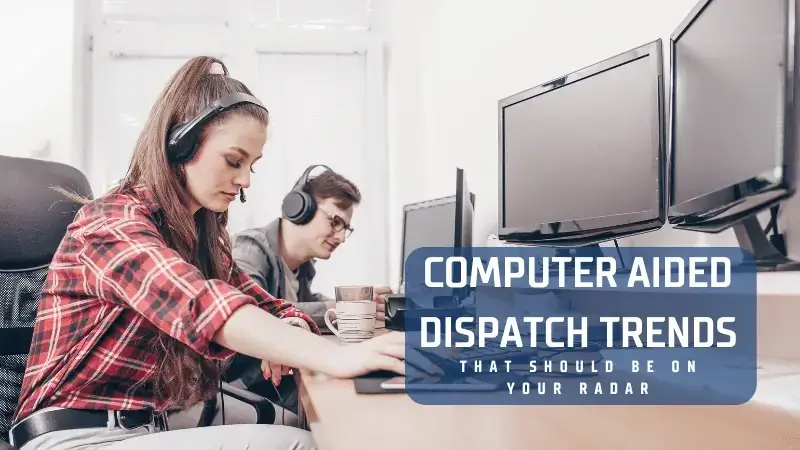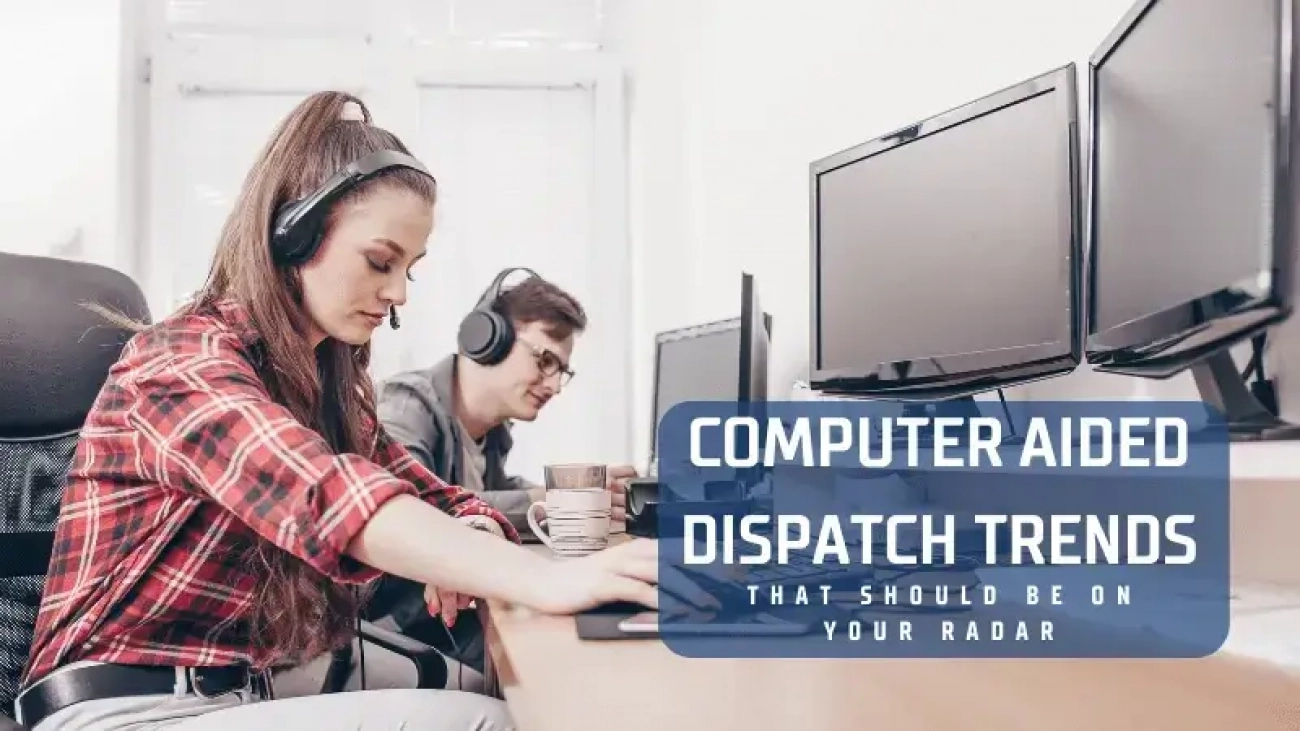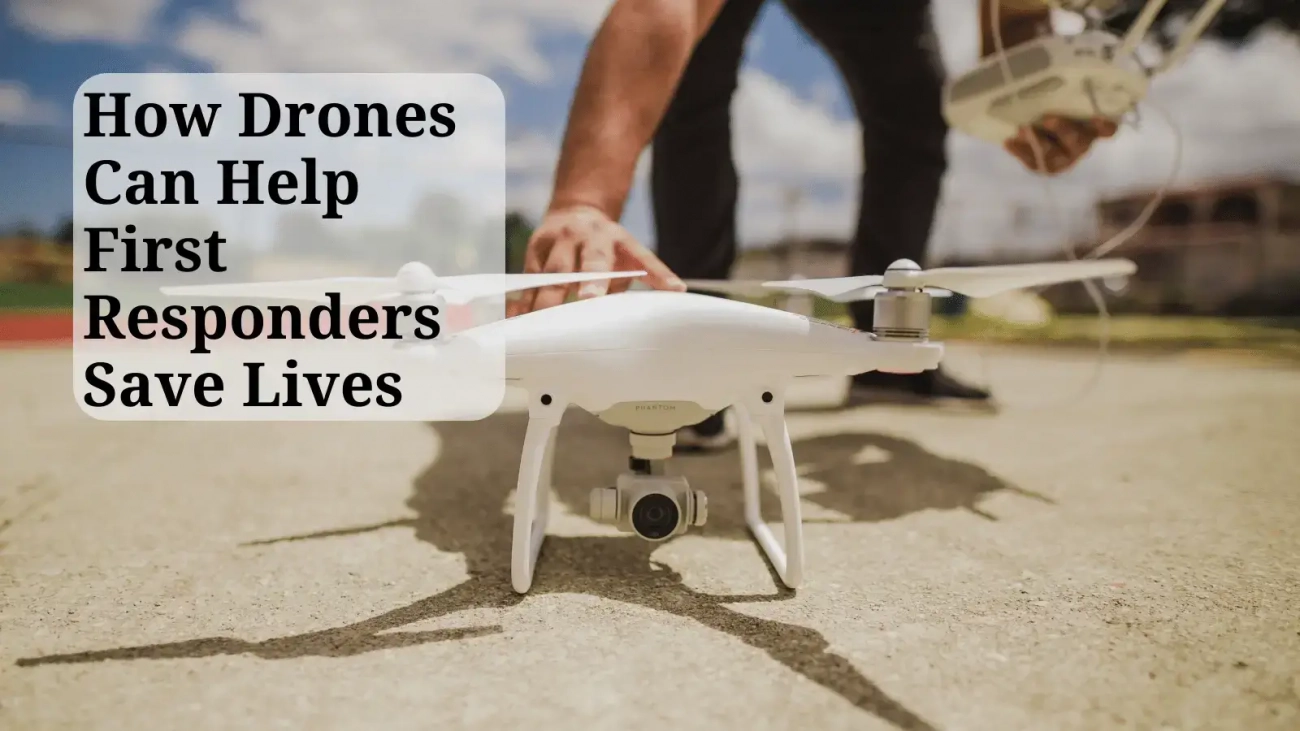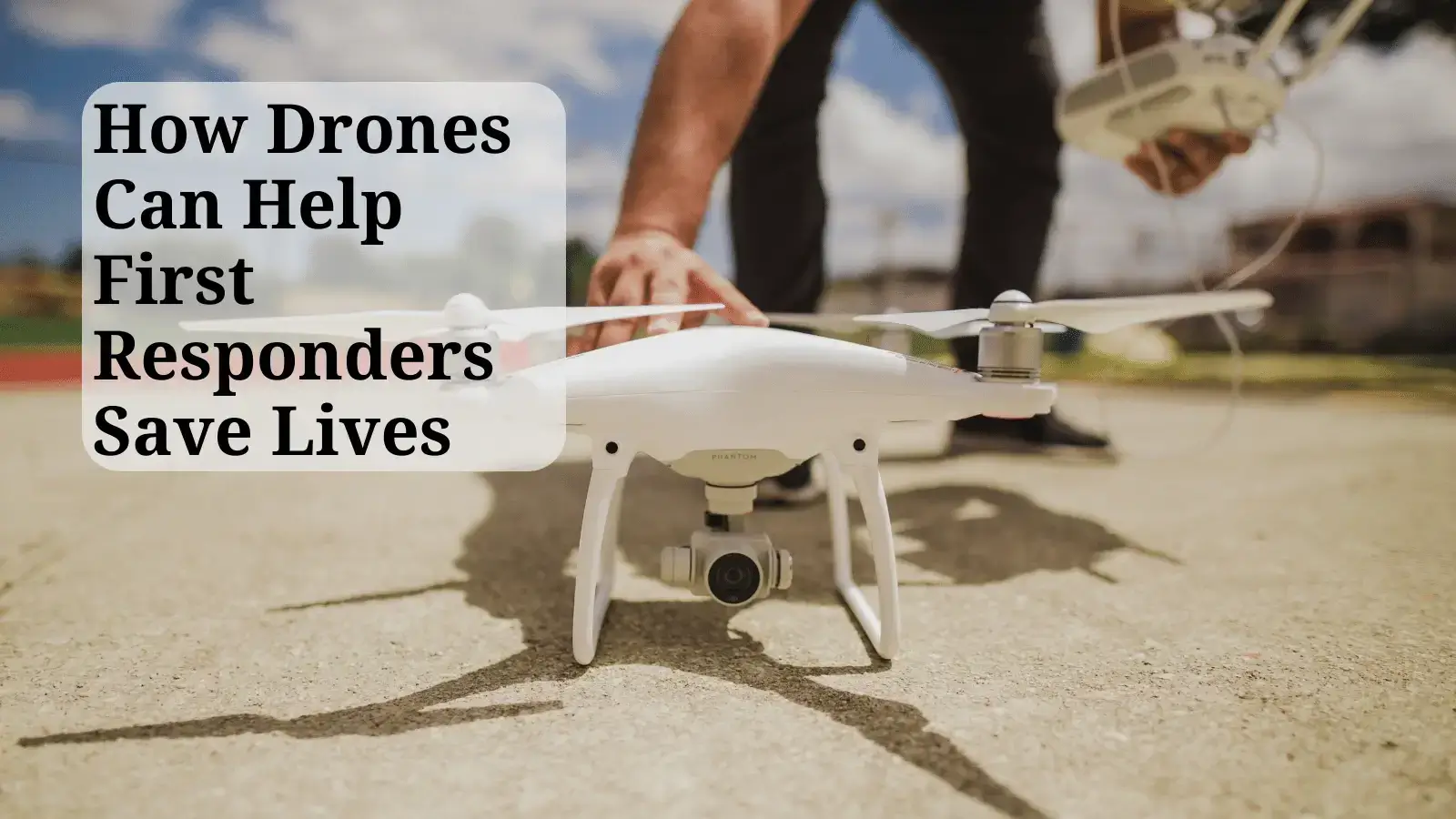If you’re like most public safety professionals, you’re always looking for ways to improve your operations and keep up with the latest trends. Well, one area that you should definitely be keeping an eye on is Computer Aided Dispatch (CAD). CAD technology has come a long way in recent years, and some exciting new trends are worth exploring.

What is Computer Aided Dispatch (CAD)?
Computer aided dispatch (CAD) is a type of system that allows public safety agencies like 911 to manage and coordinate their emergency response operations. It can help with everything from resource management to dispatching and tracking calls for service. The system also integrates with other systems, such as GIS maps, giving responders an up-to-date picture of the incident location.
How Does It Work?
CAD systems typically use a combination of software and hardware to provide an intuitive interface for users. This allows 911 dispatchers to quickly enter information related to a call, such as the type of incident, location, and other details. The system then automatically assigns responders based on their availability and expertise. It can also inform responders of essential changes in the situation, such as road closures or other hazards.
What are the Emerging Trends in CAD?
Here are a few of the main computer-aided dispatch trends that should be on your radar.
- Automated Dispatching – CAD systems can now automate the entire dispatching process, from taking calls to assigning units to respond to incidents. This significantly cuts down on time and resources for public safety professionals, allowing them to focus on other important tasks.
- AI-Assisted Dispatching – Artificial intelligence (AI) is making its way into CAD systems, allowing them to make better decisions and respond more quickly to incidents. AI can also be used to forecast incidents based on past data and trends, helping public safety professionals stay one step ahead of the game.
- Mobile Mapping – Many modern CAD systems come with mobile mapping capabilities, allowing dispatchers to visualize locations when sending out units better. This helps ensure that responders are sent to the right place as quickly as possible, improving response times and minimizing confusion in emergencies.
- Cloud Connectivity – As cloud technology evolves and improves, so does computer-aided dispatch. CAD systems can now be connected directly to the cloud, allowing easy access from anywhere and enabling public safety professionals to stay up-to-date on their operations and respond faster to incidents.
- Integration with Wearable Devices – Wearable devices such as smartwatches are becoming increasingly popular among public safety professionals, and CAD systems are now beginning to integrate with them. This allows dispatchers to keep track of their personnel in real time, providing valuable information such as location data and health readings.
- Automated Reporting – Another trend worth noting is automated reporting. With the help of AI, CAD systems can generate detailed reports without requiring manual input from public safety professionals. This helps save time and resources while providing high-quality incident reports for law enforcement agencies and other 911 dispatch organizations.
These are just a few trends in computer-aided dispatch that should be on your radar. As technology continues to evolve, you can expect more exciting advances in this field-and more opportunities for public safety professionals to improve their operations and better serve their communities. So keep an eye out for all the latest CAD trends, and stay ahead of the curve!



